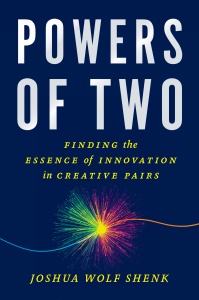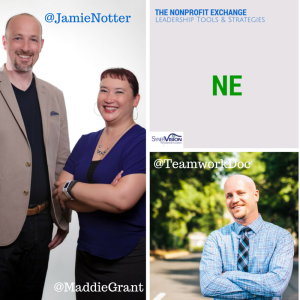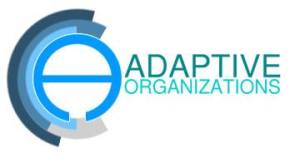One of the hardest things about the development of a strong team is finding people that you work together to bring out the best in each other. A team, based on the old team development framework by Tuckman is not easy! The concept of Form, Storm, Norm, and Perform takes patience. It takes people who are willing to go beyond self-focus and seek out the best in others.
 In our culture this rarely happens. We don’t often see teams that withstand change. Whether we are talking about the turnover of professional sports, or the new environment found in the organization of today – rare is the team that has any real sense of continuity.
In our culture this rarely happens. We don’t often see teams that withstand change. Whether we are talking about the turnover of professional sports, or the new environment found in the organization of today – rare is the team that has any real sense of continuity.
So, if we are unlikely to see teams stay together for more than a short period of time, what can be done to encourage teams to flourish? Three things stick out as key components for successful teamwork in this environment:
1) Set constraints – researchers on creativity are pointing more and more to the reality that rather than hampering our abilities to create, constraints actually encourage our ability. If constraints are placed on the process (e.g. the purpose of the group is to formulate a new haircare product for our consumer line), then the group is likely to reach better results.
2) Set deadlines – ok, so deadlines really are just more constraints, but from a specific perspective when we are given deadlines we have a goal that needs to be reached. Groups that have a time-sensitive factor to their work understand that an outcome needs to be reached and are more likely to iterate than to get stuck forever in the brainstorming and discussion stages.
3) Encourage humility (not meekness) – not often talked about, but groups that show humility have a significant advantage. They know what they are good at and what they aren’t. Too often individuals overestimate their abilities, and groups (with a desire not to hurt feelings) place tasks in the hands of people who are not capable of flourishing in those roles. Teams that practice humility have a proper perspective of their abilities, yet still show care and concern.
So your team won’t be able to age like a fine wine or a tasteful cheese, but that doesn’t mean success can’t be the endpoint for your work.

 Lately I have been thinking a lot about the struggle many of us have because we want to “change the world.” For us we keep looking for that really long lever that Archimedes was talking about so that we can move the world. We have tried it all, social media, blogging, webinars, and the like. But what if we stopped and reflected on how change actually occurs?
Lately I have been thinking a lot about the struggle many of us have because we want to “change the world.” For us we keep looking for that really long lever that Archimedes was talking about so that we can move the world. We have tried it all, social media, blogging, webinars, and the like. But what if we stopped and reflected on how change actually occurs?

